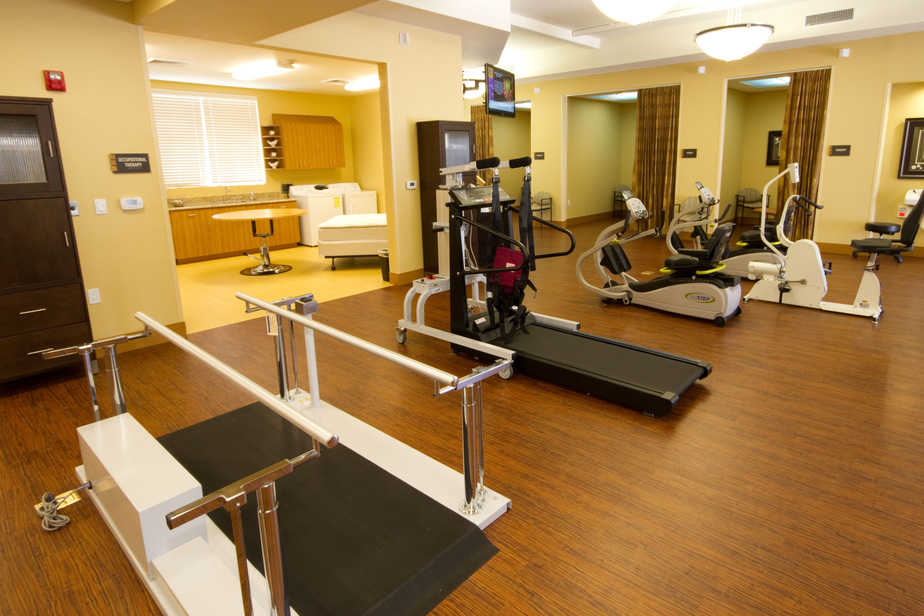There are many types of rehabilitative exercise that physical therapists prescribe for patients; we’ll look at four of them here. Programs are tailored to your specific condition and may be adjusted based on your level of overall physical health. A physical therapist may create a modified plan in the early stages of rehabilitation and introduce other elements as your condition improves.
Let’s take a closer look at several types of therapeutic exercise so you will know what to expect if your physical therapist recommends it as part of your treatment plan.
1. Strengthening
Muscles can weaken very quickly after an injury or following a surgical procedure, so strength training exercises help rebuild muscle tissue in the targeted areas. Pain can also cause muscles to shut down or become “inhibited,” which can cause weakness to develop.
Strengthening exercises can range from very light to high intensity, depending on your fitness level or the stage of recovery the patient is currently in. Strengthening exercises are also known as resistance training, which means you use weights, bands or your own body weight to improve and build muscle strength.
2. Endurance
Endurance training refers to exercises that are performed for longer durations and involve more gross overall muscle movements. This may not be a part of the initial therapeutic exercise program because of the patient’s limited physical capabilities, but it can be added later as the patient gets stronger and can tolerate more activity.
Endurance exercises can be done at home if your physical therapist recommends them as part of your overall program. Examples of endurance training may include swimming, walking, taking the stairs instead of the elevator or low-impact aerobics. Endurance exercises have the added benefit of improving the cardiovascular system.
3. Balance and coordination
Physical coordination is often difficult in rehabilitation because the affected area’s muscles will more than likely be weak. Therapeutic exercises not only help the muscles get stronger but can also teach them how to work together more effectively. The more efficiently the muscles work as a team, the more coordinated that body part can function, which can help you move better and reduce the risk of re-injury. Coordination and balance exercises go hand in hand to improve posture and promote joint stability.
Exercises for balance can be as simple as standing on one foot for short bursts of time or involve equipment like an exercise ball. Your physical therapist may also recommend beginner’s yoga to help improve balance and coordination. Sometimes this type of exercise can be referred to as neuromuscular re-education because it directly affects the interactions between the neural and muscular systems.
4. Flexibility
Stretching can be difficult when you have stiff joints or muscles. Flexibility exercises can help loosen your muscles and improve your range of motion. These therapeutic exercises are considered low intensity because they are slow, controlled movements performed in short increments. Flexibility exercises are usually the last type of exercise within a physical therapy appointment because it’s best to stretch when the muscles are warm.
Benefits of therapeutic exercise
The primary goal of therapeutic exercise is to reduce pain and inflammation and increase range of motion and mobility if you have an injury, are post-operative or have a chronic condition. Each type of exercise within a program works together to improve muscle and joint function and promote overall healing. Engaging in exercise during recovery can reduce your chance of re-injury.
In addition, therapeutic exercise has benefits beyond improving your specific orthopedic issue. Many people see improvements in other areas of their health, including:

Looking for the best acupuncture near me ready to book your appointment?
Be sure to download and
complete your intake form prior to your appointment.
Call Us at (856)649-9896
© 2024 HG Acupuncture | All Rights Reserved